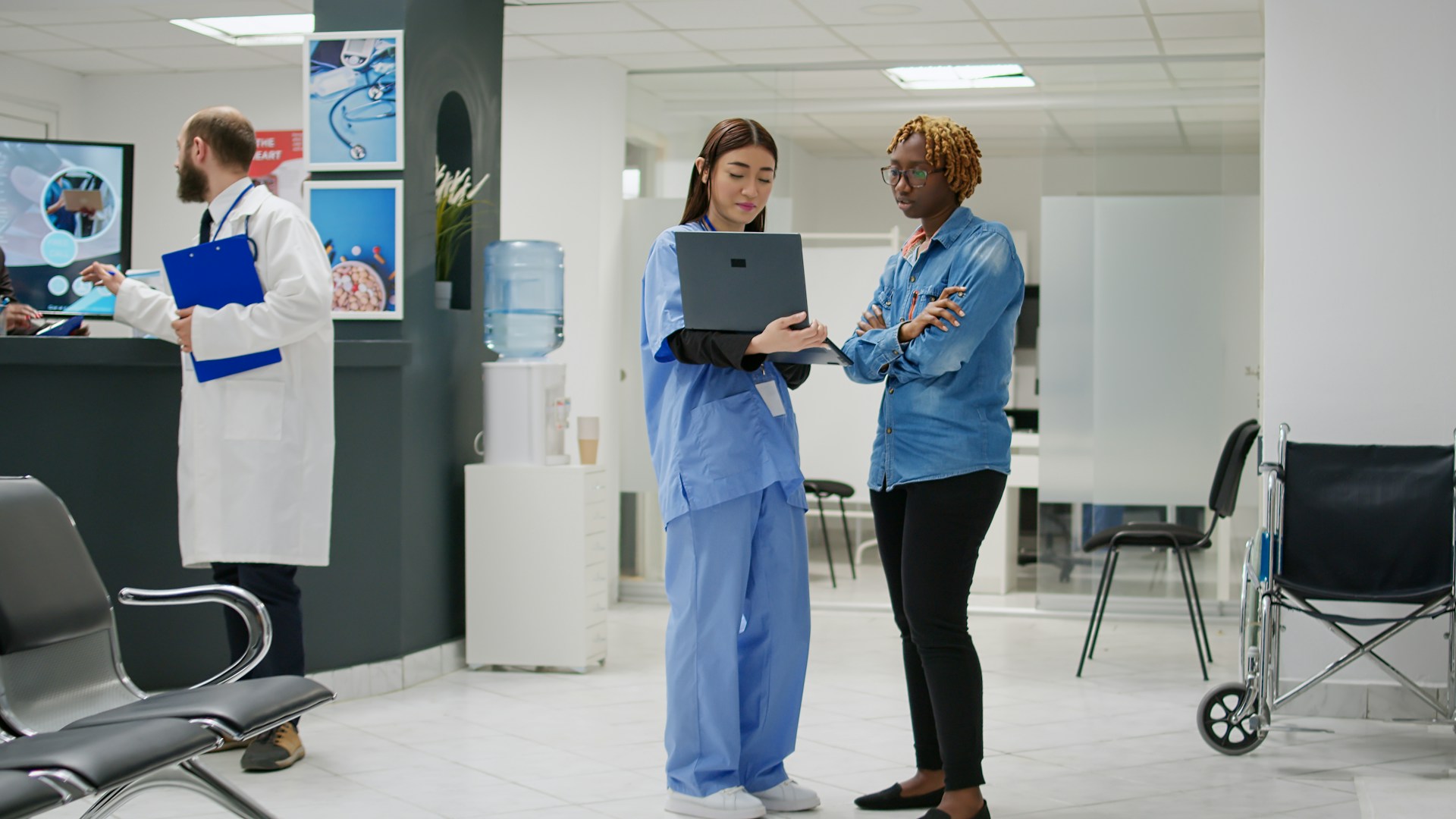Monitoring air quality in hospitals is crucial, as CO2 levels can impact both patient safety and staff performance. Elevated CO2 levels can occur for various reasons and pose real challenges to health and comfort within the facility. When CO2 levels spike, they make it more difficult for patients to breathe, especially those with existing respiratory issues. Additionally, hospital staff might experience headaches or fatigue, impairing their ability to provide optimal care.
CO2 sensors play a vital role in keeping the air healthy. These devices constantly check the levels of carbon dioxide, providing real-time data. By using these sensors, hospitals can quickly react to any rise in CO2 levels, ensuring a safer environment. Understanding these tools and how to respond when levels rise is key to preventing issues before they start.
Understanding the Causes of CO2 Level Spikes
There are common scenarios where CO2 levels can increase in a hospital. A busy day with lots of visitors or patients can lead to more CO2 due to more people exhaling carbon dioxide in enclosed spaces. Sometimes, equipment like heaters or stoves can contribute to this rise. HVAC systems might also play a part if they aren’t circulating fresh air effectively.
Let’s break it down with some common causes:
1. Patient and Visitor Activity: More people mean more CO2 being exhaled.
2. Equipment Usage: Devices might release gases that mix with air.
3. Poor Ventilation: Lack of fresh air circulation builds up CO2 levels.
Environmental factors, such as external air quality or weather changes, can influence these levels. Hospitals have systems in place to measure and monitor CO2 levels consistently. When CO2 levels reach a certain point, an alert indicates a need for intervention. Understanding these elements helps hospitals prepare and act quickly when CO2 levels rise.
Immediate Steps to Take When CO2 Levels Spike
When CO2 levels climb unexpectedly, acting swiftly makes a big difference. The first step is to enhance ventilation. Increase the flow of fresh air by opening windows or adjusting the HVAC systems to bring in more outside air. Portable fans also help circulate the air more effectively, pushing out the stagnation that contributes to higher CO2 levels.
Using air purifiers is another smart move, especially those equipped with carbon filters to capture and neutralize CO2. Hospital teams should be ready with a clear response plan that includes:
– Assessing the Situation: Quickly identify high CO2 areas and gain an idea of the extent.
– Prioritizing High-Risk Areas: Focus on spaces like intensive care units and patient wards.
– Alerting Staff: Make sure everyone knows the steps to take for immediate relief.
For quick relief, immediate efforts to bring fresh air in are necessary. Long-term, adjusting the ventilation settings or relocating certain equipment might prevent similar spikes. Having short- and long-term plans in place helps manage CO2 levels effectively and seamlessly.
Long-Term Strategies for Preventing CO2 Spikes
Preventing CO2 issues over time takes effort and attention. Regular maintenance of CO2 sensors is essential. Calibration ensures accuracy, preventing false alerts or undetected spikes. Properly functioning sensors continue to capture air quality data, which is crucial for planning and preparedness.
Automated monitoring systems are a valuable investment. These systems offer continuous tracking and alert personnel when CO2 thresholds are met. By being proactive, hospitals remain ready to respond to and manage any spikes, avoiding disruption to daily operations.
Training programs for hospital staff include education on recognizing signs of increased CO2 quickly and understanding how to operate sensors correctly. Ongoing training turns these practices into routine, giving teams confidence to act when necessary.
The Importance of Reliable CO2 Sensors
High-quality CO2 sensors mean safer environments. These devices are crucial for maintaining air that is comfortable and safe. They help prevent environments from becoming stressful for patients and staff alike. Choosing sensors that meet regulatory standards is important for compliance, ensuring they provide accurate readings and valuable insights to hospital administrators and medical personnel.
These sensors smoothly integrate with existing hospital monitoring systems, providing seamless updates. This integration contributes to an efficient workflow within the hospital environment, supporting other health technologies and enhancing patient care. Sensors that perform reliably support hospitals in their mission to deliver the best possible care around the clock.
Keeping CO2 Levels in Check for a Safer Hospital Environment
Maintaining proper CO2 levels is key to running a safe and comfortable hospital. By acting promptly and investing in reliable technology, hospitals can manage air quality challenges confidently. Consistent monitoring through dependable systems reassures hospital teams that they are providing a safe space for patients and staff. Proactive monitoring isn’t just about safety; it’s about peace of mind. This approach keeps hospitals prepared, no matter what challenges arise, creating an environment of care everyone can trust.
To ensure your hospital maintains optimal air quality and complies with safety standards, consider integrating reliable CO2 sensors into your monitoring systems. Qualified Controls offers effective solutions to help you maintain a comfortable and safe environment for both patients and staff. Discover more about our innovative technologies today.


